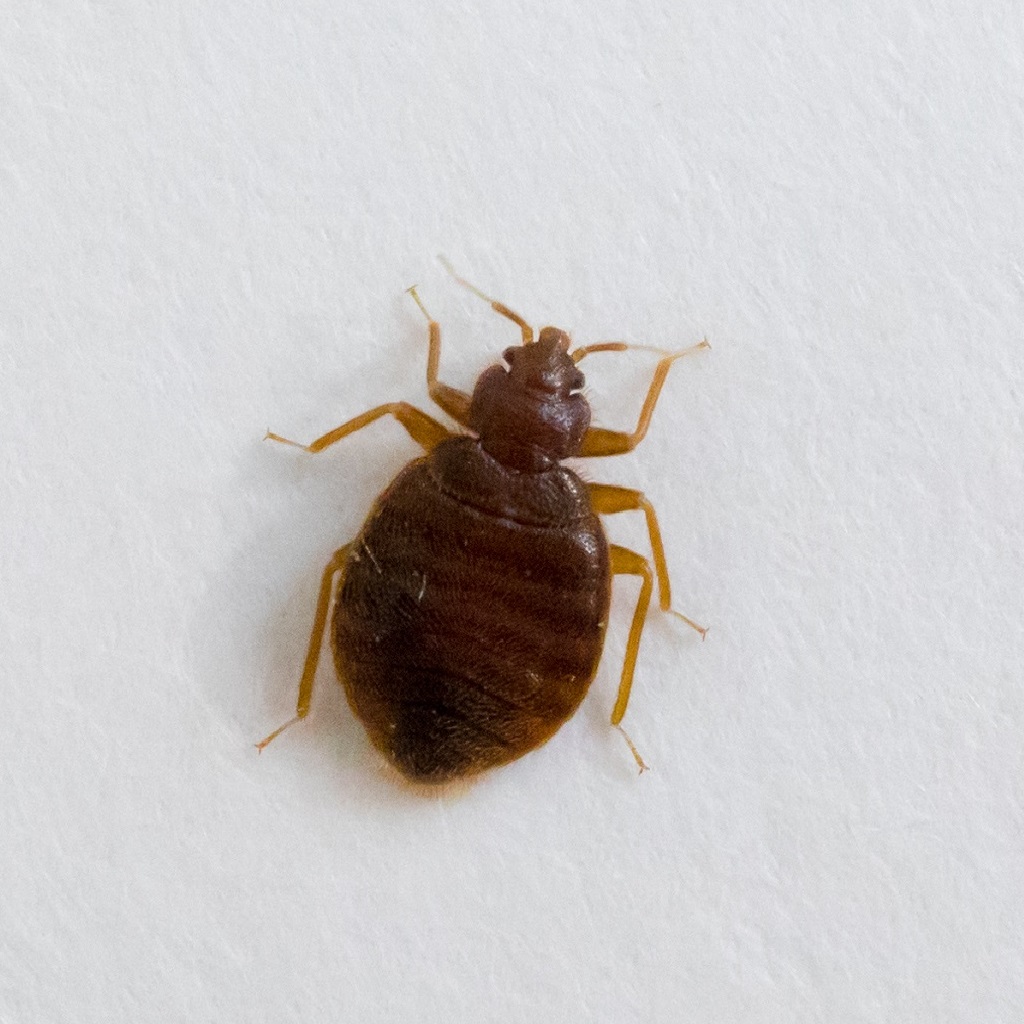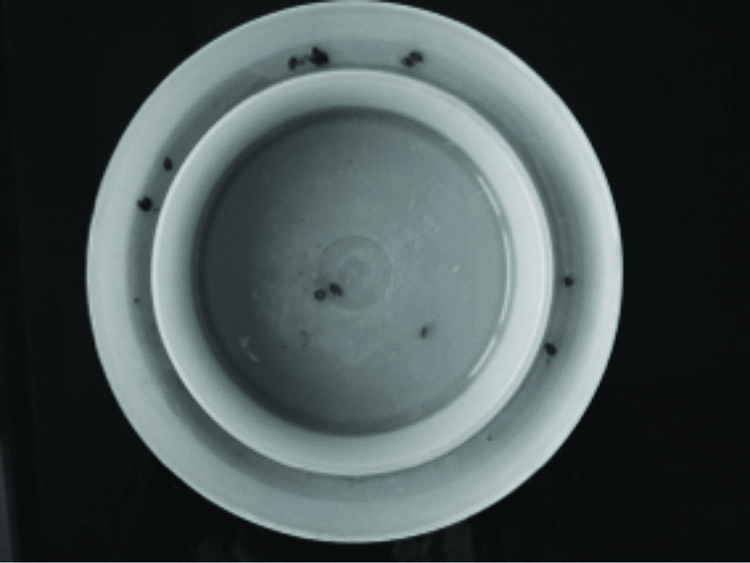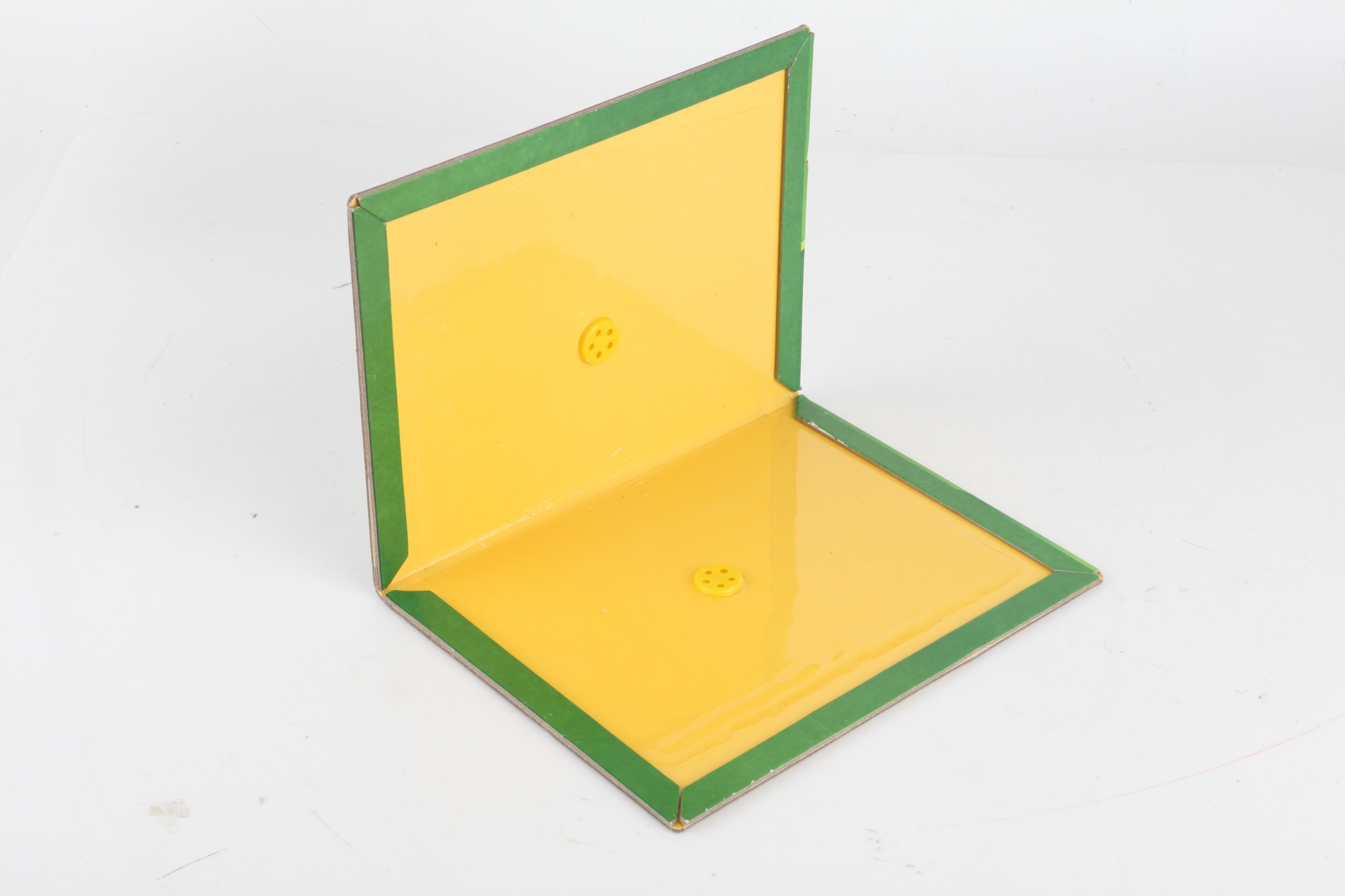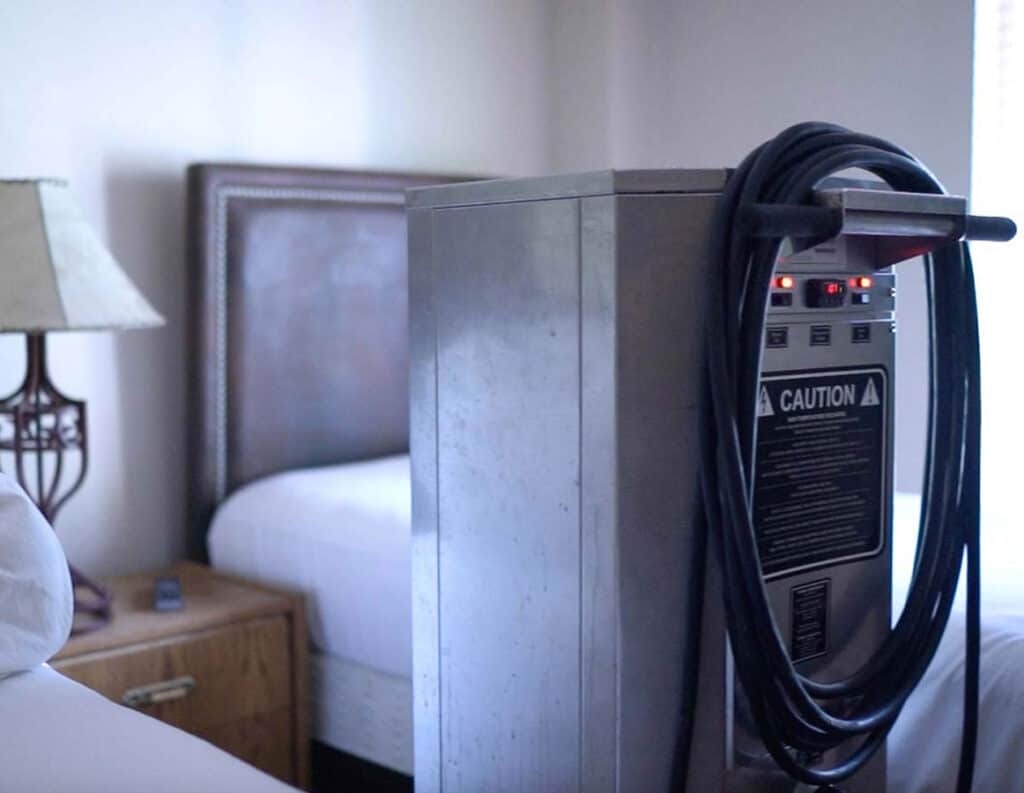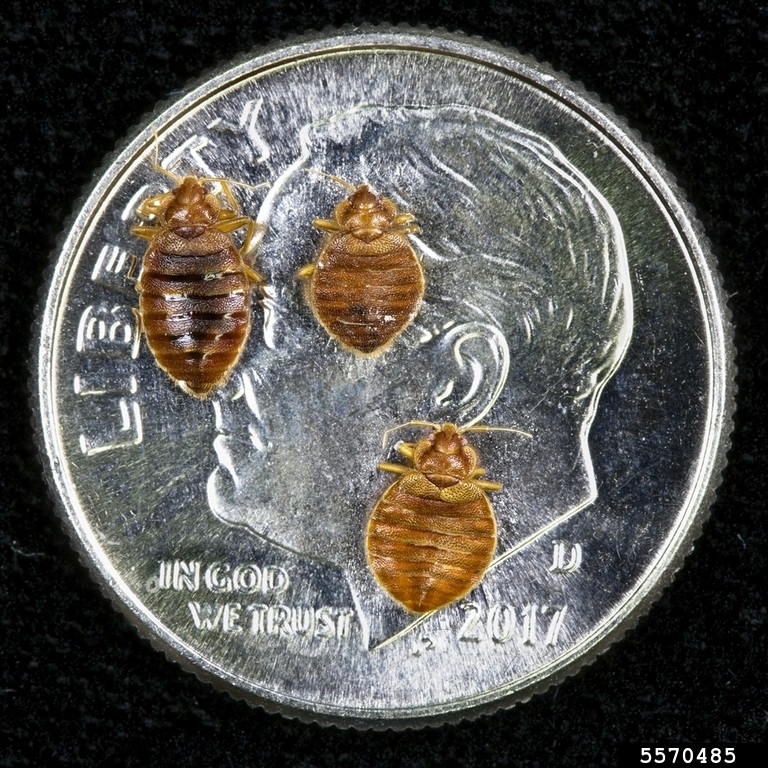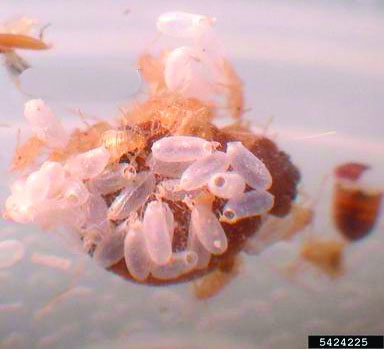Choosing a Pest Management Professional for Bed Bug Control
Introduction
If you think you may have bed bugs, the first step to manage them is accurate identification. The most important thing to do is make sure the insect in your home is actually a bed bug (Figure 1). There are several other insects that are commonly mistaken for bed bugs. Just because you have skin irritation or bites does not mean bed bugs are the cause. Many insects biteand cause skin welts and skin irritation.
Collect specimens and place them in plastic bags or other sealed containers (or send a picture) to your local OklahomaState University Extension office and they will help you positively identify the insect.
Do not feel bad if you have bed bugs in your home. Bed bugs can infest any type of house: large or small, neat or messy.
If renting, once the insects have been identified as bed bugs,report it to your landlord immediately. If they are responsible for pest control in the building, they will need to hire a pest control company to treat the property. If you own a home, the next step is to contact a pest control company.
Figure 1. Adult bed bug.
Questions to ask Pest ManagementProfessionals (PMPs)
Some pest control companies have more experience with bed bugs than others. It is important to interview a few differentones to determine the best. Ask for references and then call to ask about their experience with the company. See if there are any online reviews (such as the Better Business Bureau or Angi)of the company before making a final decision.
Use the following questions when calling a pest con-trol company.
- Is this business licensed and insured?
- The business must be licensed and have insurance.
- Are you a member of any professional associations?
- Pest control companies that are members of professional associations such as the Oklahoma Pest Management Association or National Pest Management Association are more likely to be better trained.
- Has this company provided bed bug treatments in the past?
- Make sure that the company has treated for bed bugs successfully in the past and that their pesticide applicators are certified. This is where calling references is helpful.
- What methods do you offer for bed bug control?
- Likely, the company will offer different treatment methods based on the severity of infestation.
- What is your procedure for bed bug jobs?
- The procedure will differ with the type of treatmentand company chosen.In general,the company will send a pest management professional to do an inspection. After the inspection, they will go through the different treatment options. You will be given a checklist to prepare for the treatment. They will conduct the treatment and should come back three-to-four weeks later for a follow-up visit and inspection.
- Do you have any references I could call?
- You can ask for references, but many clients may want to remain anonymous. If they do not have a reference list, look for reviews online.
Questions to Ask after Inspection
A good pest control company will send out a professional to do an inspection. They will give you a cost estimate after the inspection has been completed. Here are some questions to ask during the inspection process.
- Where did you find bed bugs in my home?
- Have the pest management professional walk through and show you where bed bugs were found in your home. Bed bugs are good at hiding and can be difficult to find. Some companies may wish to use monitoring devices such as climb-up traps (Figure 2) or sticky traps (Figure 3).
- Do I have a high level of infestation?
- Any level of bed bug infestation can take more than one visit by a pest management professional to control. If the infestation level is high, there is a good chance it will take multiple visits.
- What are my treatment options?
- Pest control companies will have different options. Heat treatments have proven to work well (Figure 4), but chemical control methods can also be effective. Heat treatment and chemical control methods are often used together.
- How many treatments do you anticipate it will take to get rid of my infestation?
- Bed bugs can be difficult to control. Have them tell you up front if they anticipate making more than one visit and if all visits are included in the initial cost. Understand exactly what is covered in the estimate you are given.
- Will you monitor after the treatment has been performed?
- Many pestcontrol professionals will putouttraps for monitoring and come back for a follow up visit three-to-four weeks after the initial application.
- What do I need to do to prepare for the treatment?
- Most companies will have a checklist of tasks for you to prepare for the treatment. Completing these tasks will be important and could determine if the treatment is a failure or success.
Figure 2. Climbup® trap. Photo courtesy of Susan McKnight.
Figure 3. Sticky trap/glue board used to catch insects.
Figure 4. Heat treatment in bedroom. Photo courtesy of enviro-
techpestcontrol.com/bed-bug-heat-treatment/
Figure 5. Bed bug image on dime. Photo courtesy of Patrick Porter, Bugwood.org
Figure 6. Bed bug eggs. Photo courtesy of Mohammed El Damir, Bugwood.org
Things to Remember when Hiring a PestManagement Professional
- Upon deciding on a pest control company, make a formal agreement and sign a contract. Make sure and follow the pest management professional’s recommendations to prepare for the treatment.
- It will be important to declutter, but do not move belongings into other rooms or throw away things before the treatment occurs. This can spread bed bugs to non-infested rooms and neighbors.
- It is common for companies to make multiple visits when dealing with bed bugs — they are very difficult to control. Bed bugs hide in many different places that are difficult to treat.
Prevent Re-infestation
Have bed bugs in your home again? Re-infestation is also common. The pest control company cannot prevent re-infestations — that will be up to you. It is important to think about where the bed bugs may have come from.
- Have you traveled recently?
- Bed bugs can easily be picked up in hotels.
- Have you brought used furniture into your home recently?
- Picking up used furniture is quickly becoming a leading cause of bed bug infestations.
- Have any visitors who may have brought bed bugs into the home?
- If friends or family have bed bugs in their own home and visit your home, bed bugs could be in their luggage or other items.
These are all ways bed bugs can be brought into the home. Make sure to alter your own behaviors to prevent future infestations. Prevention is easier than treatment!
Hiring a pest control company is the best option for bed bug control. They are professionals and can do the job much more efficiently than we can, but like anything else, you must do your part to get the best result. This includes finding a qualified company and following their guidelines for preparation prior to treatment. When investing the money for bed bug control, make sure to invest in the best by following the guidelines outlined in this fact sheet.

